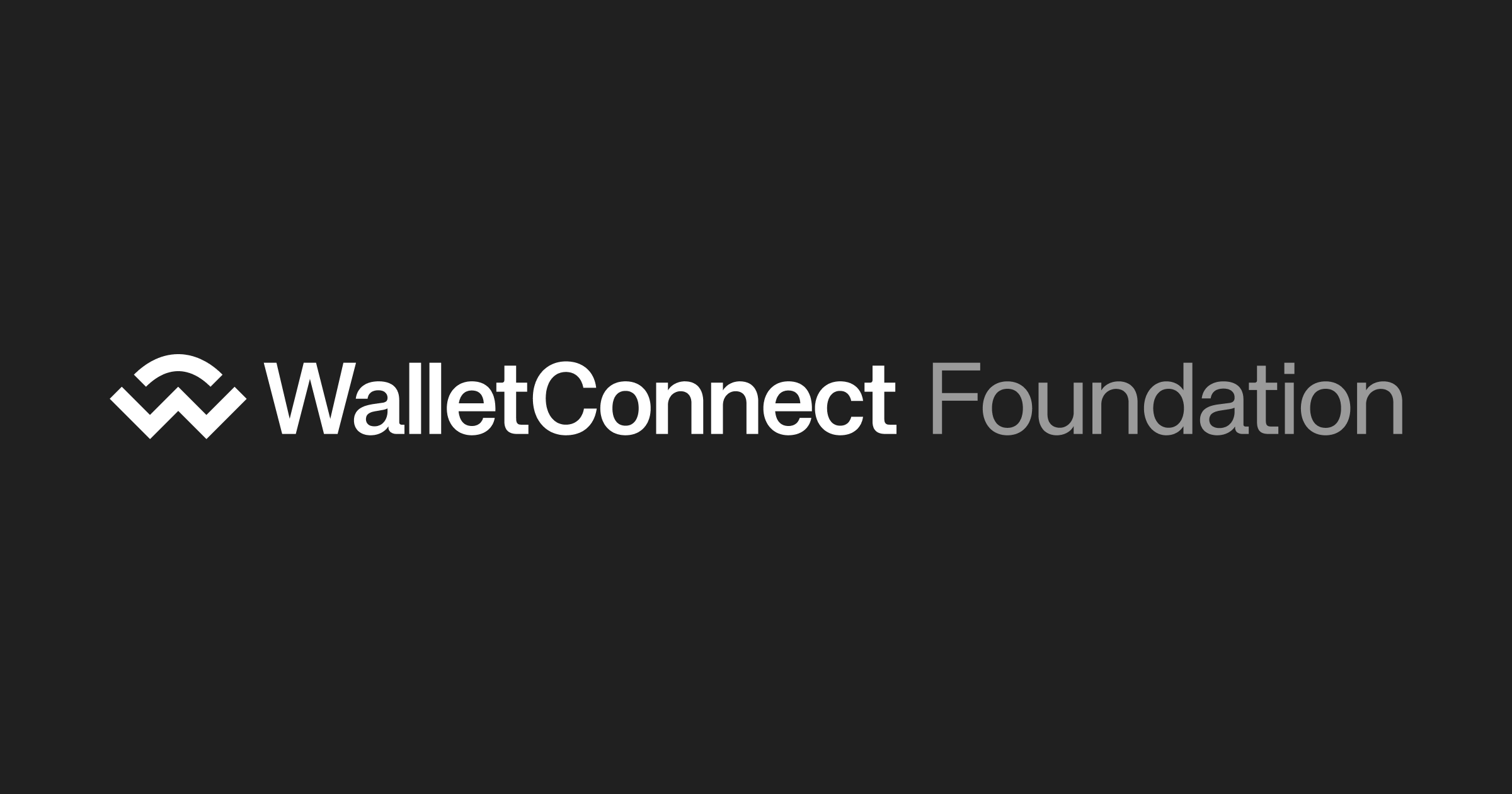WalletConnect: Empowering Secure Interactions in the Web3 Ecosystem
In Brief WalletConnect facilitates secure connections between wallets and decentralized applications. WCT coin plays a vital role in governance and staking within the network. The WalletConnect ecosystem aims to simplify Web3 development and interactions.
WalletConnect (WCT) is a project that transforms how cryptocurrency wallets connect with decentralized applications (dApps). As part of the WalletConnect Network, WCT enables secure wallet-dApp interactions, staking operations, and decentralized governance. Since its launch, WalletConnect has become a fundamental protocol within the Web3 ecosystem, turning its protocol into a user-focused and community-owned infrastructure.
What is WalletConnect?
Launched in 2018, WalletConnect serves as a protocol for communication between cryptocurrency wallets and dApps. Unlike browser extensions or custodial solutions, it emphasizes privacy and security through encrypted connections. Users can interact with dApps by scanning a QR code or clicking a link without sharing their private keys.
The protocol is compatible with various blockchain networks such as Ethereum $1,651 , Solana $133 , and Bitcoin $85,530 . This cross-chain compatibility allows users to manage assets and services across different networks through a single wallet interface. WalletConnect promotes interoperability, helping to reduce fragmentation between Web3 tools and services.
One of WalletConnect’s significant advantages is its open-source architecture. Developers can integrate the protocol into wallets or applications without needing centralized intermediaries. This fosters transparency and encourages rapid adoption within the ecosystem.
Components of the WalletConnect Ecosystem
The WalletConnect ecosystem includes tools and platforms that simplify Web3 development and interactions. This framework is supported by Reown, previously known as WalletConnect Inc., which provides essential tools for developers.
AppKit is a toolkit designed to enhance application usability in decentralized environments. It streamlines the process for developers looking to create user-friendly experiences, improving dApp functionality with features like session management and wallet integration.
WalletKit supports the design of flexible wallet experiences. Through this toolkit, developers can enable users to easily access thousands of applications from a single wallet. WalletKit prioritizes user experience, simplifying and standardizing wallet interactions across different protocols.
These two toolkits are part of WalletConnect’s goal to facilitate the use of Web3. By providing ready-to-use resources, the WalletConnect ecosystem enables developers to create secure and scalable applications.
WalletConnect’s Growth: A Landmark Year in 2024
The year 2024 is significant for WalletConnect, marking substantial progress in protocol usage and infrastructure development. Activity within the WalletConnect Network has surged by 340%, with connection numbers rising from 41 million in 2023 to 179 million in 2024.
Moreover, WalletConnect has expanded its user base significantly, reaching over 4.1 million Unique Active Wallets (UAW). This growth highlights the protocol’s essential role in Web3 interactions, as users increasingly choose WalletConnect as a secure bridge between wallets and dApps.
 WalletConnect Foundation
WalletConnect Foundation
Another major development is the launch of the WalletConnect Coin (WCT) in September 2024. WCT supports decentralized governance, staking operations, and protocol incentives. Additionally, the WalletConnect Foundation was established to manage the transition towards community ownership of the network.
To reward early contributors, WalletConnect initiated its first AirDrop campaign in 2024, distributing 50 million WCT coins through this initiative.
Applications and Tokenomics of WCT
WCT coin is the governance and utility coin that powers the WalletConnect Network, with a total supply of 1 billion tokens. It is designed to encourage decentralized participation, reward contributors, and finance future developments. WCT plays a central role in staking, network fees, and governance processes.
WCT holders can vote on topics such as network upgrades, fee changes, and strategic initiatives. On-chain governance is planned to be launched in the second quarter of this year, allowing coin holders to influence the protocol’s direction.
The coin also supports a Dynamic Staking Model, where users can determine the amount and duration of staked coins. Lockup periods for WCT can range from one week to two years, with staking rewards beginning on December 19, 2024.
Additionally, WCT is used for paying network fees and for premium services. Node operators and validators that secure the network are rewarded with WCT. The coin also funds developer grants and cross-chain integrations, further enhancing protocol usage.
Disclaimer: The content of this article solely reflects the author's opinion and does not represent the platform in any capacity. This article is not intended to serve as a reference for making investment decisions.
You may also like
KERNELUSDT now launched for futures trading and trading bots
Data: 42,000 ETH transferred to unknown wallet, worth about 69.17 million US dollars
Matrixport: Bitcoin implied volatility rises, confusing tariff signals trigger market uncertainty
Japan's 30-year government bond yield soared to 2.868%, a nearly 20-year high
